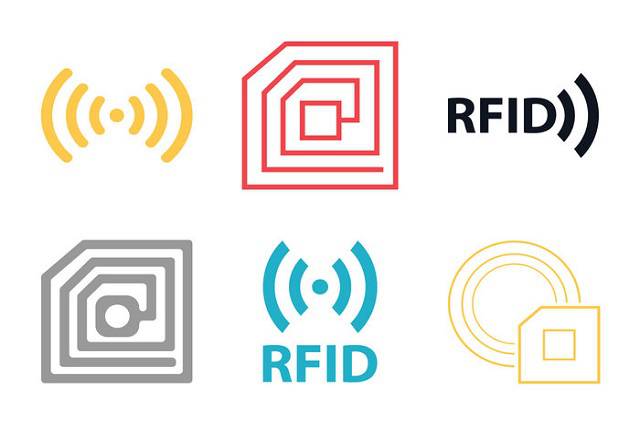IDENTIFICATION SYSTEM BASED ON NEW RFID TAGS WITHOUT CHIP
Description
The identification of elements or products in industry and commerce is of vital importance today due to their logistical, traceability and security needs. The most widespread identification system today is the barcode. Another very popular identification system, and which aims to replace or coexist with the barcode, is radio frequency identification (RFID). One of the major drawbacks of RFID technology compared to conventional barcodes is the high cost of a single RFID tag. This cost is given, practically in its entirety, by the price of the chip that the RFID tags have to include. The present invention proposes a type of RFID tag that does not need these chips, so that its cost is equal to that of a barcode. The proposed labels would use multiconductor structures, which by coupling their lines would generate resonances. The position of these resonances would be controlled by geometric parameters of the conductive tracks that form the multiconductor structure. Then, it would be the positions of these resonances that would encode the information.
Advantages
The main competitive advantages of these labels are: - They do not need a chip, which entails a low production cost. - They allow a double reading: electromagnetic and optical. - Compatibility with globally accepted standards.
Uses and Applications
Identification and security systems are available in any environment where the movement and exchange of goods is necessary. Therefore, the technology has its application in industry and commerce where logistical, traceability and security needs demand it.
Keywords
Sectors
Areas
Patent Number
ES2415983B2 Expediente
Applicants
Universidad De Málaga
Inventors
Enrique Marquez Segura, Juan Antonio García Fernández
Filing Date
20/05/2013
Protection Level: National (Spain)
Processing Status: Spanish patent








